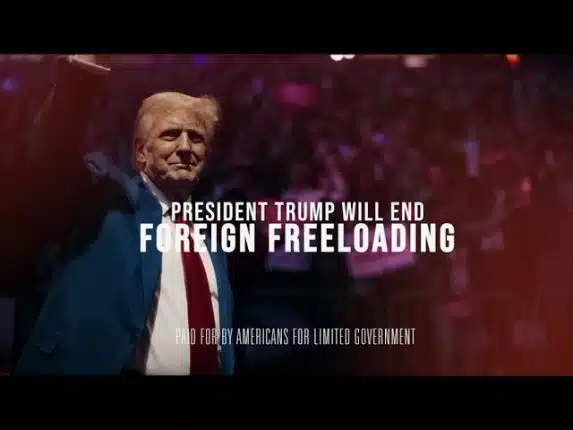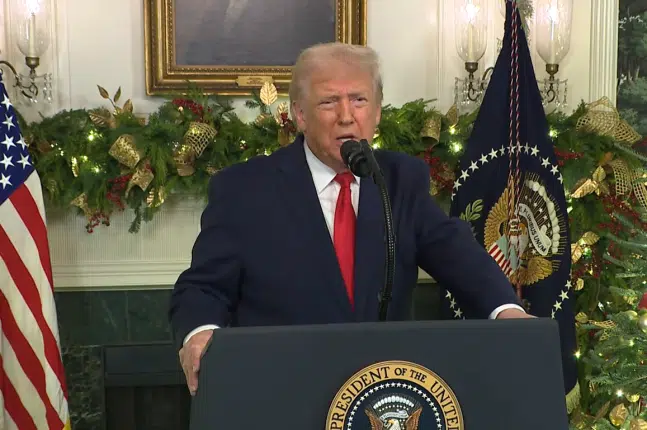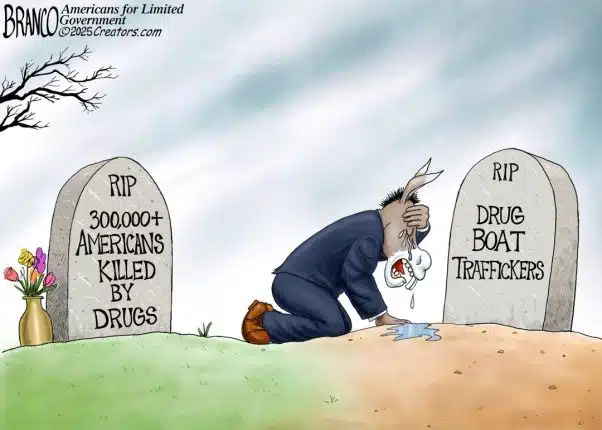The Obama administration and its dutiful EPA have an ambitious plan to end millions of years of natural “climate change.” Meanwhile, as they determinedly demonstrate heroic world leadership to avert a looming non-disaster, the UN’s IPCC faces a different epic damage control challenge. As their political operatives meet in Stockholm this week to finalize their latest Summary for Policymakers report, they’ve got to figure out how to spin unsettling evidence of a 17-year “pause” in global temperature rise despite what they love to trumpet as “record high” atmospheric CO2 concentrations,
There are some other inconveniently non-alarming circumstances that the President, his agencies, and the UN are conveniently overlooking as well. For example, there’s that perplexing rapidly expanding Arctic sea ice; the lack of increase in the strength or frequency of landfall hurricanes in the world’s five main hurricane basins during the past 50-70 years; the lack of increase in the strength or frequency in tropical Atlantic hurricane development during the past 370 years; the longest U.S. period ever recorded without intense Category 3-5 hurricane landfall; and no trend since 1950 evidencing any increased frequency of strong (F3-F-5) U.S. tornadoes.
To discuss such matters, 13 federal agencies were invited to provide testimony about the Administration’s climate policy before the House Energy Committee on September 18. Only two accepted, providing EPA Administrator Gina McCarthy and Energy Secretary Ernest Moniz as witnesses.
A notable exchange occurred about 2 hours and 16 minutes into the hearing between McCarthy and Rep. Mike Pompeo (R-Kan.). My friend Marlo Lewis at the Competitive Enterprise Institute provided an unofficial transcribed version of this segment, which can also be viewed directly on Youtube.
Pompeo: Ms. McCarthy I want to ask a couple of questions of you. So one of the objectives today is to identify the greenhouse gas regulations that already existed and those in the future — how they actually impact the climate change, right? So you’d agree we want to have a successful climate policy as a result of those sets of rules and regulations that you promulgate? Fair base line statement?
McCarthy: In the context of a larger international effort, yes.
Pompeo: You bet. And on your website you have 26 indicators used for tracking climate change. They identify various impacts of climate change. So you would believe that the purpose of these rules is to impact those 26 indicators, right? So you put a good greenhouse gas regulation in place, you’ll get a good outcome on at least some or all of those 26 indicators.
McCarthy: I actually . . . I think that the better way to think about it, if I might, is that it is part of an overall strategy that is positioning the U.S. for leadership in an international discussion. Because climate change requires a global effort. So this is one piece and it’s one step. But I think it’s a significant one to show the commitment of the United States.
Pompeo: Do you think it would be reasonable to take the regulations you promulgated and link them to those 26 indicators that you have on your website? That this is how they impacted us?
McCarthy: It is unlikely that any specific one step is going to be seen as having a visible impact on any of those impacts — a visible change in any of those impacts. What I’m suggesting is that climate change [policy] has to be a broader array of actions that the U.S. and other folks in the international community take that make significant effort towards reducing greenhouse gases and mitigating the impacts of climate change.
Pompeo: But these are your indicators, Ms. McCarthy. So . . .
McCarthy: They are indicators of climate change, they are not directly applicable to performance impacts of any one action.
Pompeo: How about the cumulative impact of your actions? Certainly you’re acting in a way . . . you say these are indicators of climate change. Certainly it can’t be the case that your testimony today is that your cumulative impact of the current set of regulations and those you’re proposing isn’t going to have any impact at all on any of those indicators?
McCarthy: I think the President was very clear. What we’re attempting to do is put together a comprehensive climate plan, across the Administration, that positions the U.S. for leadership on this issue and that will prompt and leverage international discussions and action.
Pompeo: So you’re putting regulations in place for the purpose of leadership but not to impact the indicators that you, the EPA, says are the indicators of climate change? I’m puzzled by that.
McCarthy: Congressman we work within the authority that Congress gave us to do what we can. But all I’m pointing out is that much more needs to be done and it needs to be looked at in that larger context.
Pompeo: In 2010 with NHTSA [National Highway Traffic Safety Administration], in your opening statement you said you’ve gotten rid of about 6 billion metric tons [of greenhouse gases]. One of your indicators, for example, is heat-related deaths. How many heat-related deaths have been eliminated as a result of the 2010 NHTSA rules?
McCarthy: You can’t make those direct connections Congressman. Neither can I.
Pompeo: There’s literally no connection between the activities you’re undertaking and . . .
McCarthy: I didn’t say that.
Pompeo: Well, you said you can’t make the connections, so tell me what I’m not understanding. Can you draw a connection between the rules you’re providing, the regulations you’re promulgating, and your indicators? Or is it just . . .
McCarthy: I think what you’re asking is can EPA in and of itself solve the problems of climate change. No we cannot. But the authority you gave us was to use the Clean Air Act to regulate pollution, carbon pollution is one of those regulated pollutants, and we’re going to move forward with what we can do that’s reasonable and appropriate.
Pompeo: I’m actually not asking that question that you suppose that I’m asking. I’m not asking whether you have the power to solve greenhouse gases. What I asked was: Is anything you’re doing, doing any good? As measured by the indicators that you’ve provided. Is your testimony that you just have no capacity to identify whether the actions EPA has undertaken has any impact on those indicators? Literally, this is about science — cause and effect. Is there any causal relationship between the regulations you promulgated and the 26 indicators of climate change that you have on your website?
McCarthy: The indicators on the website are broad global indicators. . .
Pompeo: They’re not broad, they’re very specific.
McCarthy: . . .of impacts associated with climate change. They are not performance requirements or impacts related to any particular act.
Pompeo: I actually like the indicators — they’re quantifiable, right? Heat-related death, change in ocean heat, sea-level rises, snow cover — those are very quantifiable things. But now you’re telling me . . .
McCarthy: They indicate the public health associated with climate change.
Pompeo: Exactly, but you’re telling me you can’t link up your actions at EPA to any benefit associated with those quantifiable indicators that the EPA itself has proposed as indicative of climate change.
McCarthy: I think what we’re able to do is to show — and I hope we will show this in the package that we put out for comment — is what kind of reductions are going be associated with our rules, what we believe they will have in terms of an economic and a public health benefit. But it is again part of a very large strategy.
Pompeo: My time has expired.
So there you have it. Regardless of the countless billions of taxpayer and consumer dollars being spent to wage war on natural and inevitable climate change, the EPA head is unable to identify any discernible health and welfare benefits of her agency’s draconian regulatory policies. Instead, the apparent goal of the EPA’s current and proposed greenhouse gas regulations is to persuade the international community, particularly China, India, and other developing nations, to follow the Obama administration’s U.S. leadership over an economic precipice.
Let’s finally get it straight. Carbon dioxide isn’t a dangerous “pollutant”… it’s a natural and essential plant food. The real dangers to public health and welfare are the economic destruction, job elimination, and escalating costs of food, energy, and other essentials resulting from scientifically unwarranted policies. The greatest burdens of such sophistry fall upon those who can least afford them.
Committee For A Constructive Tomorrow (CFACT) Advisor Larry Bell heads the graduate program in space architecture at the University of Houston. He founded and directs the Sasakawa International Center for Space Architecture. He is also the author of “Climate of Corruption: Politics and Power Behind the Global Warming Hoax.”







